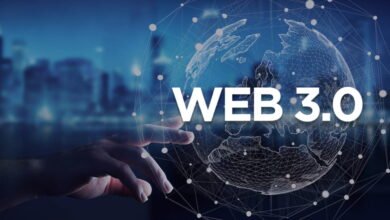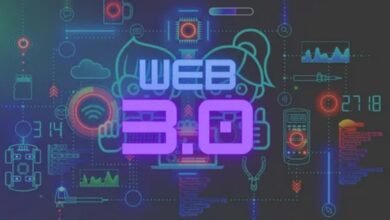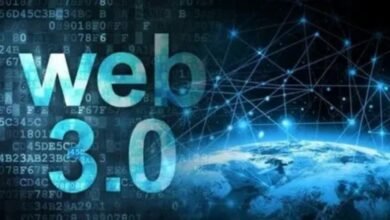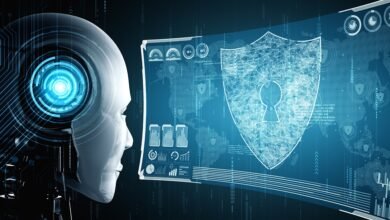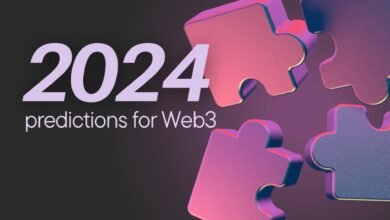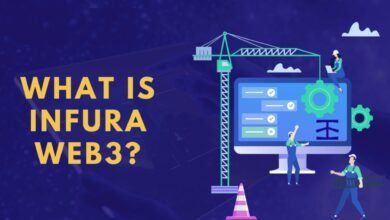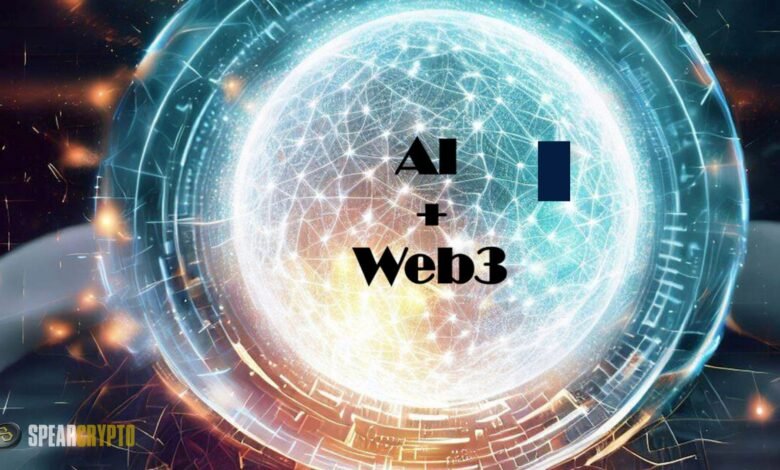
The convergence of Web3 and AI marks the dawn of a new era in technological innovation. While distinct in their foundational principles and applications, these two fields are increasingly seen as complementary technologies that promise to reshape industries, the internet, and society. Web3 represents the next generation of the internet, defined by decentralization, user empowerment, and blockchain technology. Conversely, AI focuses on creating intelligent systems that can learn, reason, and make decisions. As these two technologies evolve in tandem, they are unlocking new possibilities, transforming how we interact with digital environments, and offering the potential for more equitable, transparent, and efficient systems.
Web3: The Evolution of the Internet
To understand the potential impact of Web3 and AI, it’s important first to grasp the core concepts of Web3. The term “Web3” refers to the third generation of the internet, following Web1 (the static web) and Web2 (the dynamic, user-generated web). Web3 is built on decentralization, where blockchain technology plays a key role in removing the need for centralized authorities like tech giants or financial institutions to mediate online interactions.
At its core, Web3 is about giving users ownership and control over their data, identity, and digital assets. It’s a response to the issues that have emerged from Web2, where platforms like Facebook, Google, and Amazon have amassed enormous control over user data, monetizing it and shaping the online experience to prioritize profit over user autonomy. Web3 envisions a new model where individuals can interact directly with one another on the internet, governed by decentralized protocols and smart contracts, without intermediaries.
Blockchain Technology
The backbone of Web3 is blockchain technology, a distributed ledger system that allows for secure, transparent, and tamper-proof transaction recording. Blockchain technology has several uses outside of the cryptocurrency industry, although it is most often due with platforms like Ethereum and Bitcoin. Blockchain enables decentralized applications (dApps) and decentralized autonomous organizations (DAOs). Which operate without central oversight, providing a framework for trustless and open collaboration.
Decentralized Finance (DeFi)
One of Web3’s major use cases is decentralized finance (DeFi), which uses blockchain technology to create open financial systems. DeFi enables peer-to-peer transactions, lending, and borrowing without the need for traditional banks or financial institutions. This has profound implications for financial inclusion, particularly those in underbanked or unbanked regions.
Non-Fungible Tokens (NFTs)
Another key component of Web3 is non-fungible tokens (NFTs), unique digital assets representing ownership of specific items, whether digital art, music, or virtual real estate. NFTs have opened up new markets for creators and artists, allowing them to monetize their work directly and retain control over their intellectual property. These digital assets can be transferred easily across decentralized platforms, creating a new digital goods and services economy.
AI: The Power of Intelligence
Artificial Intelligence (AI) focuses on building machines that can simulate human intelligence. AI has permeated nearly every industry, transforming how businesses operate, develop products, and deliver customer experiences, from automation to predictive analytics. Several branches of AI, including machine learning (ML), deep learning, natural language processing (NLP), and computer vision, contribute to developing smarter, more adaptive systems.
Machine Learning (ML)
Machine learning is a subset of AI that involves developing algorithms to learn from and make data-based decisions. In recent years, machine learning has seen significant advancements, driven by the availability of vast amounts of data and improvements in computing power. These models are used in various applications, from personalized recommendations on streaming platforms to fraud detection in financial institutions.
Natural Language Processing (NLP)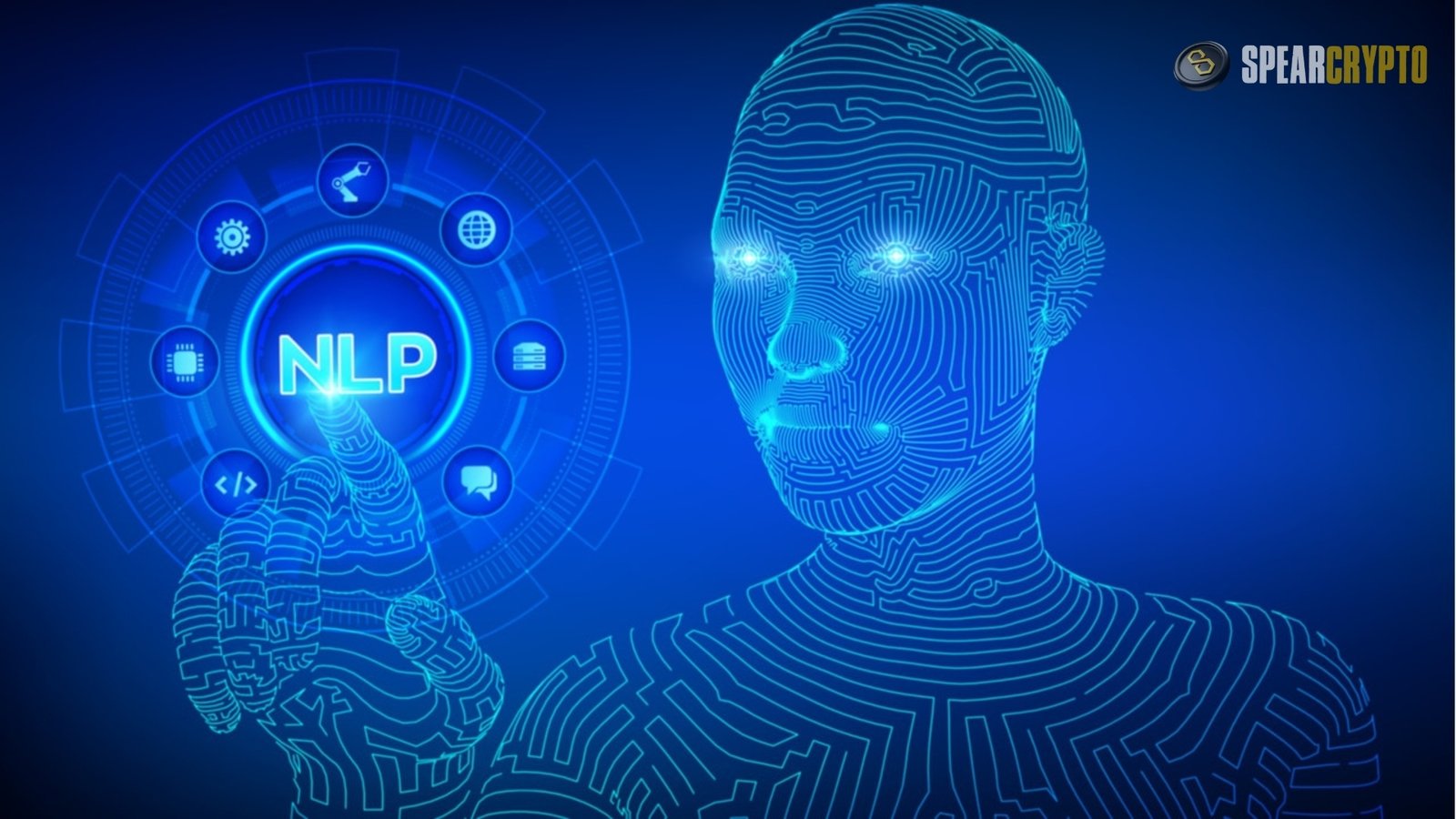
NLP enables machines to understand, interpret, and generate human language. It powers chatbots, virtual assistants, and automated translation services. With advancements in models like GPT and BERT, AI can engage in more complex and nuanced conversations, creating more natural and productive interactions between humans and machines.
Generative AI
Generative AI, a rapidly growing field, focuses on creating new content—text, images, or music—based on existing data. This has seen the rise of AI-generated art, writing, and even video games, offering new creative possibilities and changing how content is produced and consumed.
The Intersection of Web3 and AI
As powerful as Web3 and AI are on their own, the intersection of these two technologies holds the most promise. When combined, Web3’s decentralized infrastructure and AI’s intelligence and automation capabilities can drive innovation across industries, bringing us closer to a more efficient, transparent, and user-centric internet.
AI in Decentralized Networks
One of the biggest challenges in Web3 is managing decentralized networks, where any single entity does not control decisions and transactions. AI can play a transformative role in this area. Integrating AI into decentralized networks makes it possible to automate decision-making processes, optimize resource allocation, and enhance security.
If we take blockchain networks as an example, AI has the potential to enhance their scalability and decrease their energy consumption through the development of more efficient consensus algorithms In decentralized autonomous organizations (DAOs), AI can help automate governance processes, analyzing vast amounts of data to make informed decisions that align with the organization’s goals. Furthermore, AI can improve the user experience of decentralized applications by providing personalized recommendations and optimizing transaction speeds.
Trust and Transparency
Web3’s key promises are greater transparency and trust in online interactions. However, the complexity of decentralized systems can make it difficult for average users to understand the underlying mechanics. AI can bridge this gap by analyzing blockchain data and providing insights into the integrity and performance of decentralized networks.
AI-powered analytics can offer users real-time data on transaction histories, tokenomics, and smart contract performance, making it easier to trust and participate in decentralized platforms. This increased transparency can foster greater adoption of Web3 technologies, as users will feel more confident in their interactions and investments.
Smart Contracts and Automation
Smart contracts—self-executing contracts with the terms of the agreement directly written into code—are a fundamental aspect of Web3. While they provide significant benefits in terms of efficiency and security, they are often limited by their rigidity and inability to adapt to changing circumstances. AI can enhance the functionality of smart contracts by introducing more dynamic and adaptive logic.
For instance, AI-driven smart contracts can adjust their terms based on external data inputs, such as changes in market conditions, regulatory updates, or user behavior. This would allow for more flexible and responsive contracts to meet all parties’ needs better.
Decentralized AI Marketplaces
Integrating Web3 and AI also opens up the possibility for decentralized AI marketplaces. Where developers can buy, sell, and collaborate on AI models in a decentralized fashion. Blockchain technology might power these marketplaces, guaranteeing the secure and transparent recording of all transactions and intellectual property. This would democratize access to AI tools, enabling smaller developers and startups to compete with larger tech companies currently dominating the AI space.
Moreover, decentralized AI marketplaces could encourage the development of open-source AI models, fostering innovation and collaboration within the community. These models could be trained on decentralized datasets, offering new ways to develop AI systems while preserving data privacy and security.
Data Privacy and Ownership
Data privacy is a major concern in both the AI and Web3 spaces. In traditional AI models, large corporations often collect and control data, raising concerns about privacy, security, and the potential misuse of personal information. Web3 offers a solution to this problem by enabling individuals to take ownership of their data through decentralized identity systems and blockchain-based storage solutions.
When combined with AI, Web3’s decentralized data infrastructure can give users more control over how their data is used to train AI models. Users can decide who can access their data and under what conditions, ensuring their privacy is respected while benefiting from AI-powered services. This creates a more ethical and transparent approach to data usage in AI systems.
Challenges and Considerations
While the convergence of Web3 and AI holds immense potential, it also presents significant challenges that must be addressed.
Scalability
One of the major challenges facing both Web3 and AI is scalability. Blockchain networks, while secure, often struggle with processing large numbers of transactions quickly and efficiently. AI, on the other hand, requires vast amounts of data and computational power to function effectively. Finding ways to scale both technologies while maintaining decentralization and security will be crucial to their success.
Regulation
As Web3 and AI grow, governments and regulatory bodies must establish new frameworks to govern these technologies. If we want these technologies to be utilize fairly and responsibly. We have to solve problems like data privacy, IP rights, and the ethical use of AI.
Interoperability
Another challenge is ensuring interoperability between different Web3 platforms and AI systems. Currently, many blockchain networks and AI models operate in silos, limiting their ability to interact with one another. Developing standardized protocols and frameworks that enable seamless integration between these technologies will be essential to unlocking their full potential.
Conclusion
The convergence of Web3 and AI is set to revolutionize the internet, offering new ways to interact with digital environments, conduct business, and manage data. Together, these technologies can create a more transparent, user-centric, and efficient internet that empowers individuals rather than corporations. As we continue to explore the possibilities of Web3 and AI. We will likely witness a profound transformation in how we live, work, and communicate in the digital age. However, realizing this vision will require overcoming significant technical, regulatory, and ethical challenges, making it a complex but exciting journey.
[sp_easyaccordion id=”2865″]
